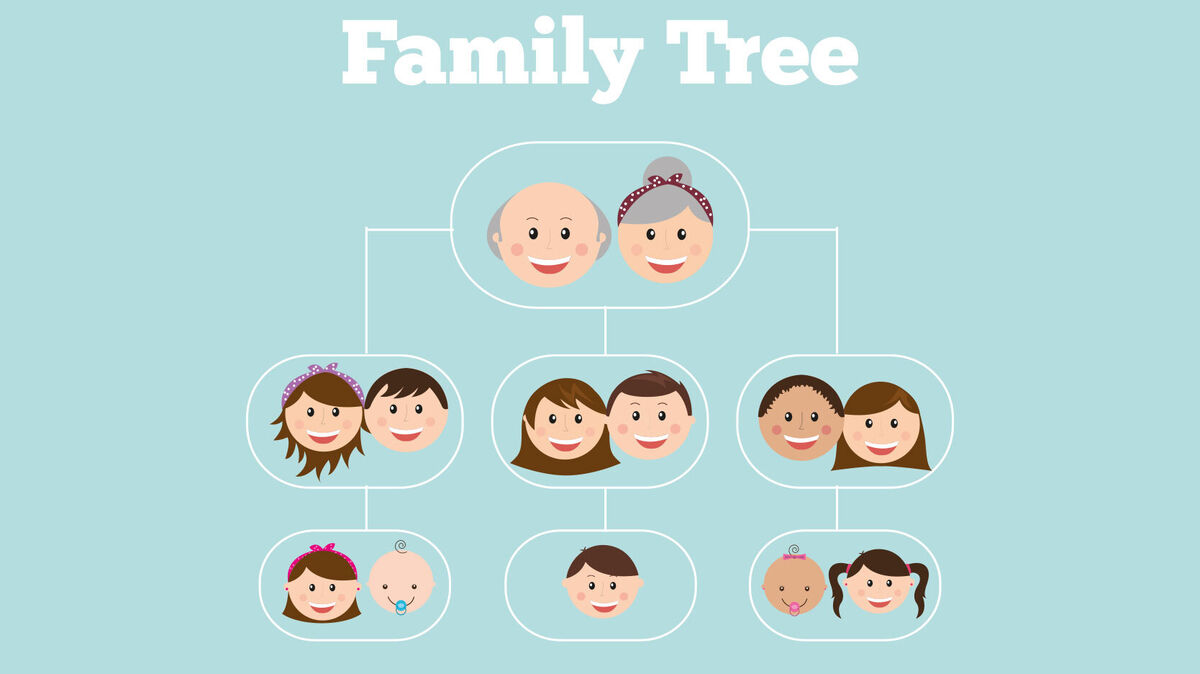
What is hierarchy? A hierarchy is a way of organizing things that goes from high to low. It can be used to refer to a wide number of systems, organizations and even physical objects that represent a hierarchical structure. Keep reading for hierarchy examples that you see every day.
Everyday Hierarchy Examples
Hierarchy systems rank categories from top to bottom. For example, in a typical family system, the parents have the most authority, followed by the children, then followed by the pets. Take a look around you; you may find more hierarchy examples than you think!
- The human body itself is a hierarchy. We are made up of systems of organs, which are made up of individual organs. Those organs are composed of tissues, then cells, then organelles. The final category of a human body hierarchy are the atoms that make up the organelles.
- Political systems are hierarchies. In America, the hierarchy starts at the top with the president, and then the vice president, then the speaker of the house, then the president of the Senate, followed by the secretary of state.
- Your family tree is a hierarchy starting back with your first ancestors. Their children had children, then those children had children, and so on until your family produced you. You are the child of two distinct genetic parents, and your children will be the next category of this hierarchy.
- Human needs are often represented as a hierarchy (such as in Abraham Maslow's Hierarchy of Needs). The most important are your physical needs, such as eating, drinking and sleeping, followed by security. After that is a sense of love and belonging, then confidence and esteem, and finally, self-actualization — the stuff that makes you who you are like creativity, values, acceptance of facts.
- The military is a hierarchy. At the very top of the Army, for example, is the authority of the general, followed by the lieutenant-general, followed by the brigadier general, then general, colonel, lieutenant colonel, major, captain, first lieutenant, second lieutenant, master sergeant, sergeant, corporal, then private.
More Examples of Hierarchy Systems
Take a look at even more hierarchy examples that you may already know and use. You'll find that much of science and geography depends on hierarchies as well!
- The classification of living things is developed as a hierarchy. Kingdom, phylum, class, order, family, genus, and finally species are the levels of organization in the field, which is known as taxonomy.
- Babushka dolls, also known as matryoshka dolls or Russian nesting dolls, are a Russian toy in one large doll holds a smaller doll. That smaller doll holds an even smaller doll, which holds an even smaller doll, and so on. This is known as a nested hierarchy and is used to describe things other than matryoshkas.
- Every postal address in our country is a hierarchy with the highest level being the country itself — the United States. After that, the postal address is listed by state, city, street, building, and sometimes the apartment or room number.
- Similarly, our political boundaries are hierarchies. It begins with the federal government, then the state government, then city, town, and then borough or municipality, depending on the location.
- The workplace is typically a hierarchy. The titles begin with CEO and then descend down the executive ladder to the COO, then to a president, a vice president, a manager, an assistant manager, and then individual employees.
- Churches are often hierarchical systems. For example, the Anglican Church has the monarch at the top, followed by the archbishop of canterbury, then the archbishop of york, then the bishops, followed by deaneries, and finally a vicar.
- Poker hands are often grouped in hierarchies, with the royal flush as the most valuable hand. It is followed by the straight flush, the 4 of a kind, the full house, the flush, the straight, the 4 of a kind, the 3 of a kind, the 2 pairs, 1 pair, and finally a high card.
Hierarchies Organize Our World
Now you have seen many different hierarchy examples and structures that are classified as hierarchies. These examples should help you to better understand what hierarchy is and how hierarchies work. For more information on organizing concepts, take a look at different examples of knowledge management systems.